TL;DR: You don’t need extreme cleanses — you need smart, daily food choices. This guide breaks down 10 evidence-backed foods (what they do, how much to eat, quick recipes, and bloat-busting prep) so you can build a gut-friendly plate that supports digestion, increases friendly microbes, and helps you feel lighter — without guesswork. The Nutrition Source+1
1) Why daily gut food choices matter — fast science summary
Your gut health is shaped by what you eat every day. Fiber, prebiotics, resistant starch and polyphenols feed friendly microbes; fermented foods add live bacteria; and enzymes and warming spices help digestion and motility. Over weeks to months those small daily choices change stool regularity, gas/bloat frequency, inflammation markers and even metabolic health. If you’re aiming for fewer bloated afternoons and calmer digestion, the solution isn’t a short juice fast — it’s consistent, sensible food choices. The Nutrition Source+1
If you’ve ever left a dinner feeling painfully full or gassy — this guide gives simple swaps so you can enjoy the foods you love without the bloat.
2) How to use this list (practical rules)
- Aim for variety: pick 4–6 of these foods across the day (not “only one”).
- Progress slowly: increase fiber and fermented foods over 2–3 weeks to let your microbiome adapt.
- Hydrate & move: water and light movement help fiber do its job.
- Watch individual triggers: people with IBS or food intolerances may need tailored swaps (see FODMAP notes). monashfodmap.com
3) The 10 gut-healthy foods (eat these regularly)
Each item lists the digestion benefits, a daily serving guide, quick uses, and safety/caveats.
1) Plain fermented dairy or non-dairy kefir / yogurt (live cultures)

Why it helps: Fermented foods supply live microbes and can modestly improve gut symptoms and microbial diversity — they’re an easy way to add probiotics to your day. isappscience.org+1
Daily serving: ¾–1 cup plain kefir or probiotic yogurt (unsweetened).
How to eat: Stir into overnight oats, blend with berries for a smoothie, or have plain with a drizzle of honey and walnuts.
Notes: Choose unflavored, low-sugar versions. If you’re lactose sensitive, kefir is often better tolerated (the microbes partially digest lactose). If you’re immunocompromised, check with your clinician before daily live cultures. isappscience.org
2) Onions, garlic, leeks (prebiotic-rich alliums)
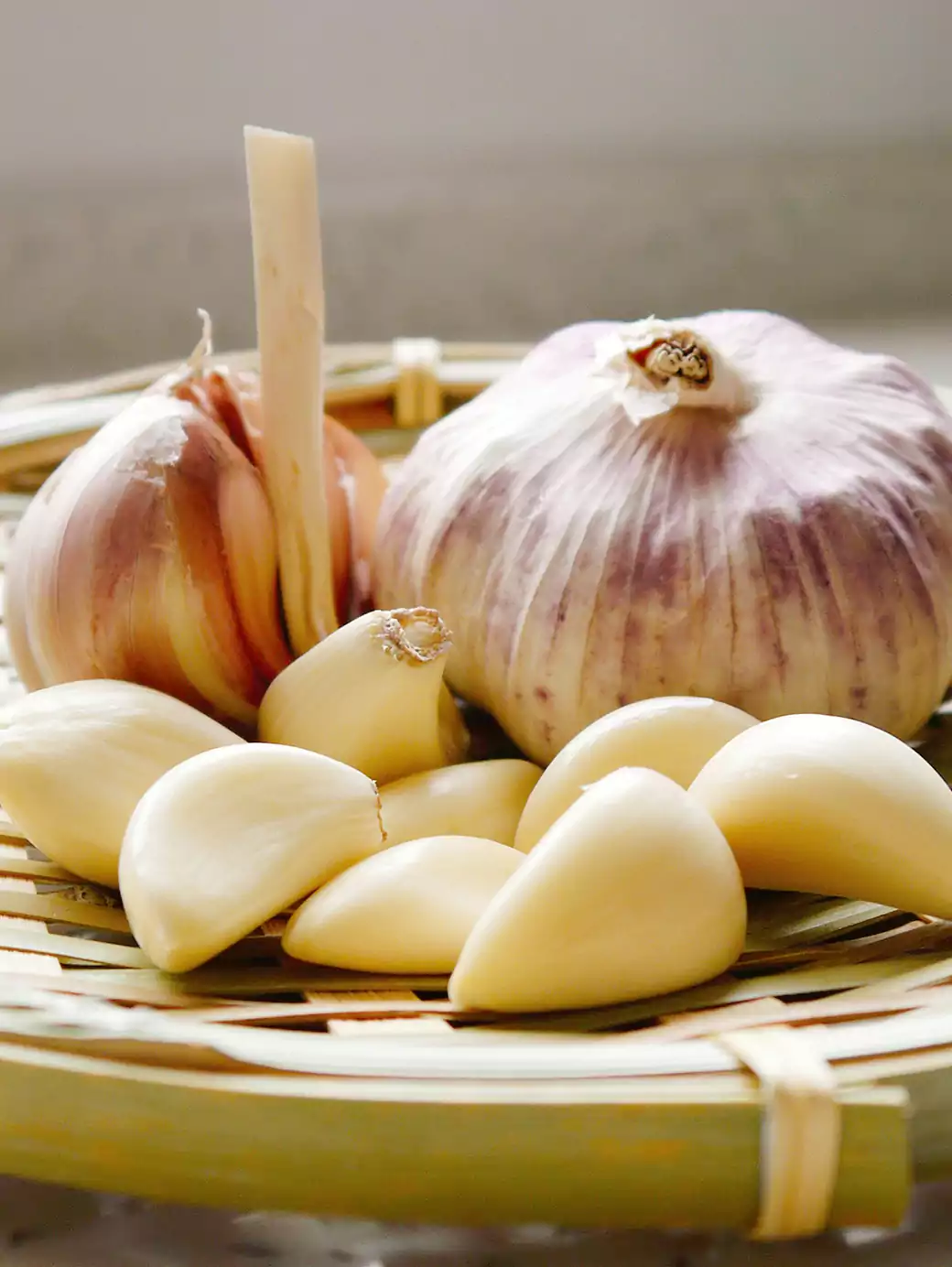
Why it helps: These contain inulin and fructans — established prebiotics — which selectively feed beneficial gut bacteria and support short-chain fatty acid production. Prebiotics are the “fertilizer” for healthy microbes. PMC
Daily serving: Small amounts (1–2 cloves garlic or ¼–½ cup cooked onion) — use cooked if raw upsets you.
How to eat: Sautéed in olive oil for eggs, soups, stir-fries and dressings. Roasted garlic on whole-grain toast is an easy habit.
Caveat: These are high-FODMAP for some people (see FODMAP section). If you react, try garlic-infused oil (flavor without fructans) or smaller portions. monashfodmap.com
3) Oats (beta-glucan soluble fiber)
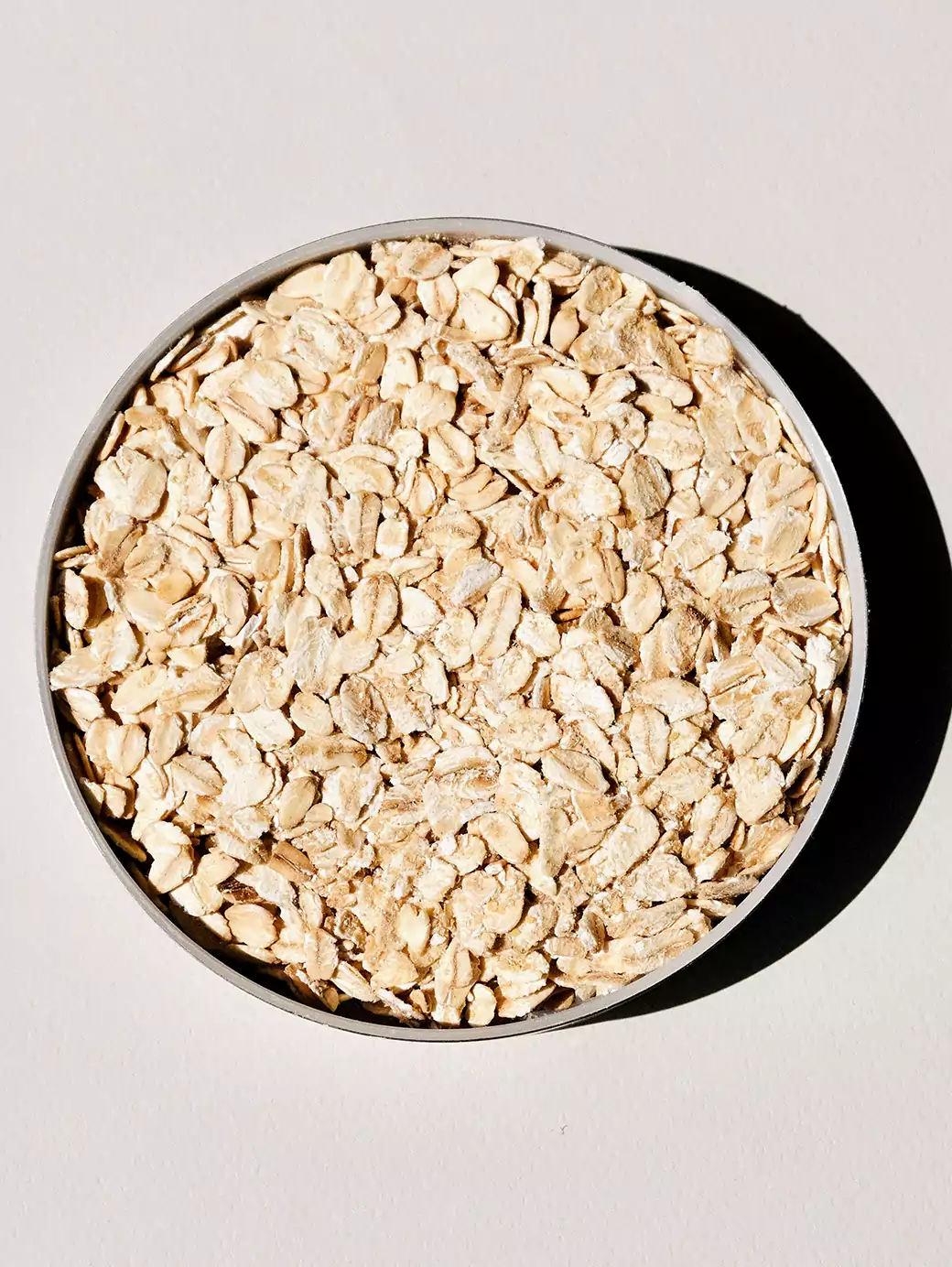
Why it helps: Oats contain beta-glucan — a soluble fiber that feeds good bacteria, improves stool consistency and supports gut barrier function. Beta-glucan also helps blood sugar control, which indirectly supports gut comfort. PMC+1
Daily serving: ½–1 cup cooked oats (about 150–300 kcal depending on toppings).
How to eat: Overnight oats with kefir and berries; warm bowl topped with chia/flax and sliced banana.
Notes: Start with smaller portions if you’re not used to fiber and drink water with it.
4) Berries (blueberries, raspberries, strawberries)

Why it helps: Berries are rich in polyphenols that modulate the microbiome and reduce gut inflammation — small studies show them to be protective and microbiome-friendly. PubMed+1
Daily serving: ½–1 cup fresh or frozen berries.
How to eat: Add to yogurt/kefir, oats, or smoothies; a handful as a snack.
Caveat: Frozen berries are fine — they keep nutrients and are often cheaper off-season.
Imagine a bright spoonful of yogurt and berries each morning — gentle, sweet, and quietly doing work for your gut.
5) Legumes (lentils, chickpeas, beans) — when prepared right

Why it helps: Excellent fiber and plant protein; they feed microbes and support stool bulk and satiety. But they’re also the most common “gassy” offenders if introduced too fast. Monash University
Daily serving: ¼–1 cup cooked (start small — e.g., 2 tablespoons in a salad, build up).
How to eat: Rinse canned beans, add to soups, salads, or make lentil stews. Prep tips below cut gas (soak, rinse, change soak water, longer simmer). PubMed+1
Caveat: If you have IBS, follow Monash guidance on serving sizes — canned and small serves are often tolerated. monashfodmap.com
6) Resistant-starch foods (cooled potatoes, green banana, cooked & cooled rice)

Why it helps: Resistant starch escapes upper-gut digestion and feeds beneficial colon microbes, producing short-chain fatty acids (like butyrate) that support the gut lining and metabolism. Regular small servings improve microbial composition over time. PMC+1
Daily serving: ~5–15 g RS (a small green banana or a ½ cup portion of cooled potato or rice contributes).
How to eat: Make potato salad with cooled boiled potatoes, use cooled rice in burrito bowls, or add unripe/green banana slices into smoothies (or a teaspoon of potato starch if you prefer).
Notes: Start low — RS can increase gas until your microbes adapt.
7) Leafy greens (spinach, Swiss chard, kale)
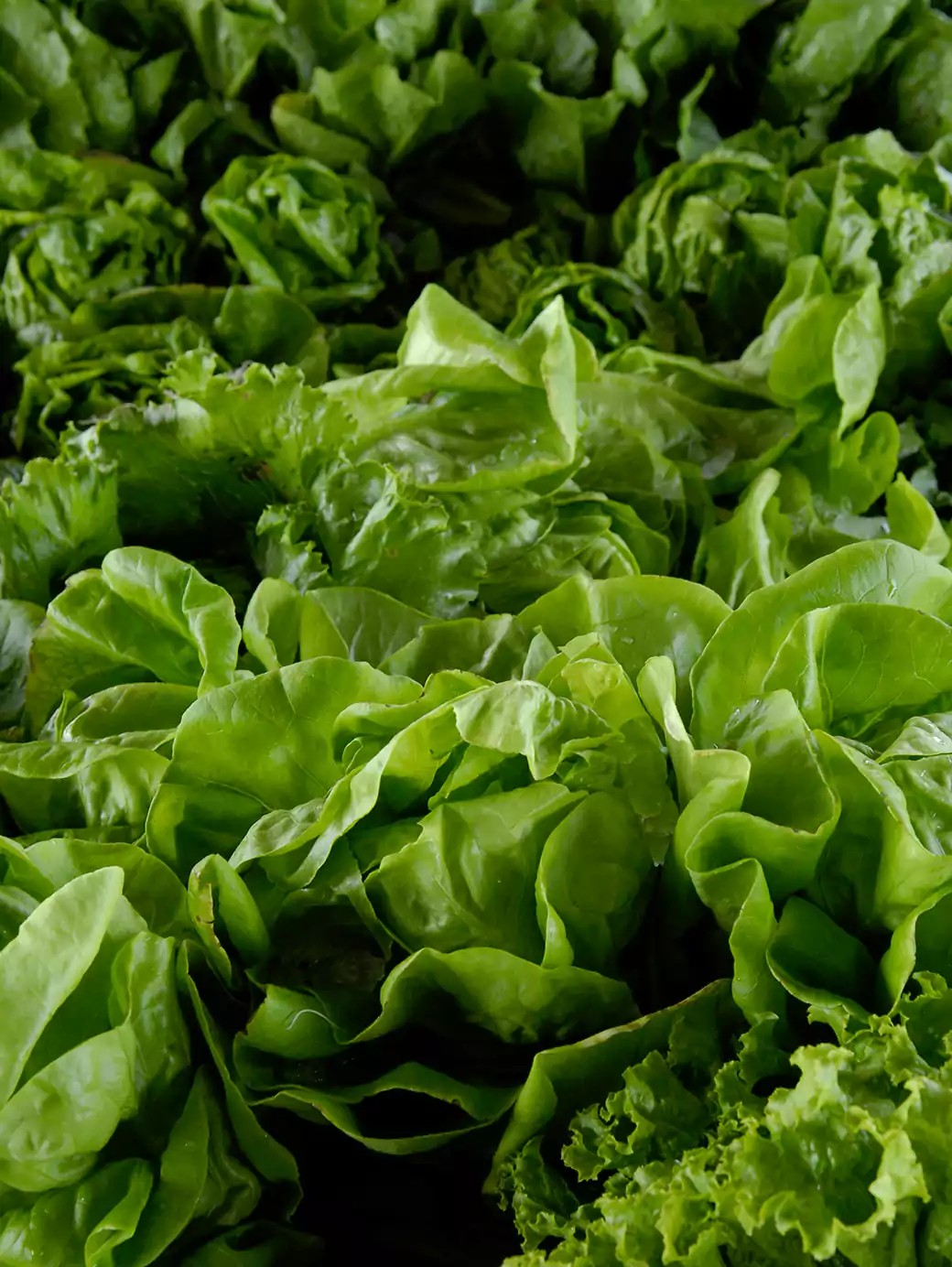
Why it helps: High in fiber, water, magnesium and micronutrients that support regularity and a healthy gut environment. Greens also provide polyphenols and nitrates that benefit gut microbes and gut perfusion. The Nutrition Source
Daily serving: 1–3 cups raw salad greens or ½–1 cup cooked greens.
How to eat: Add a big handful to smoothies, sautés, omelets, or salads.
8) Ginger (fresh or tea)
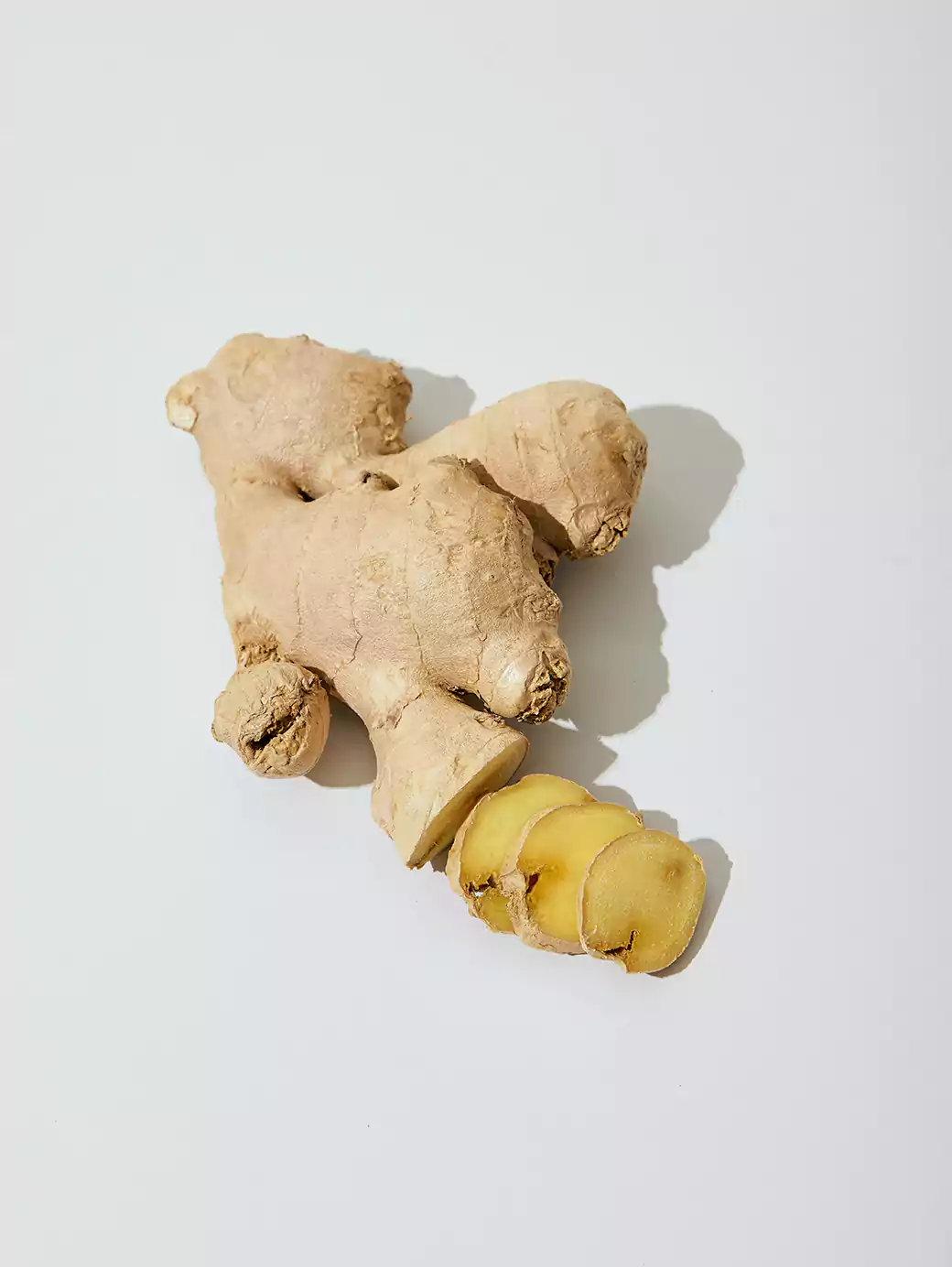
Why it helps: Ginger speeds gastric emptying in many people, reduces nausea and can ease bloating by improving motility — useful for sluggish digestion or post-meal fullness. PMC+1
Daily serving: ½–2 grams fresh (a piece for tea) or 1 cup ginger tea.
How to eat: Morning ginger tea, grated into stir-fries, or ginger+tumeric smoothies.
9) Nuts & seeds (almonds, chia, flax)
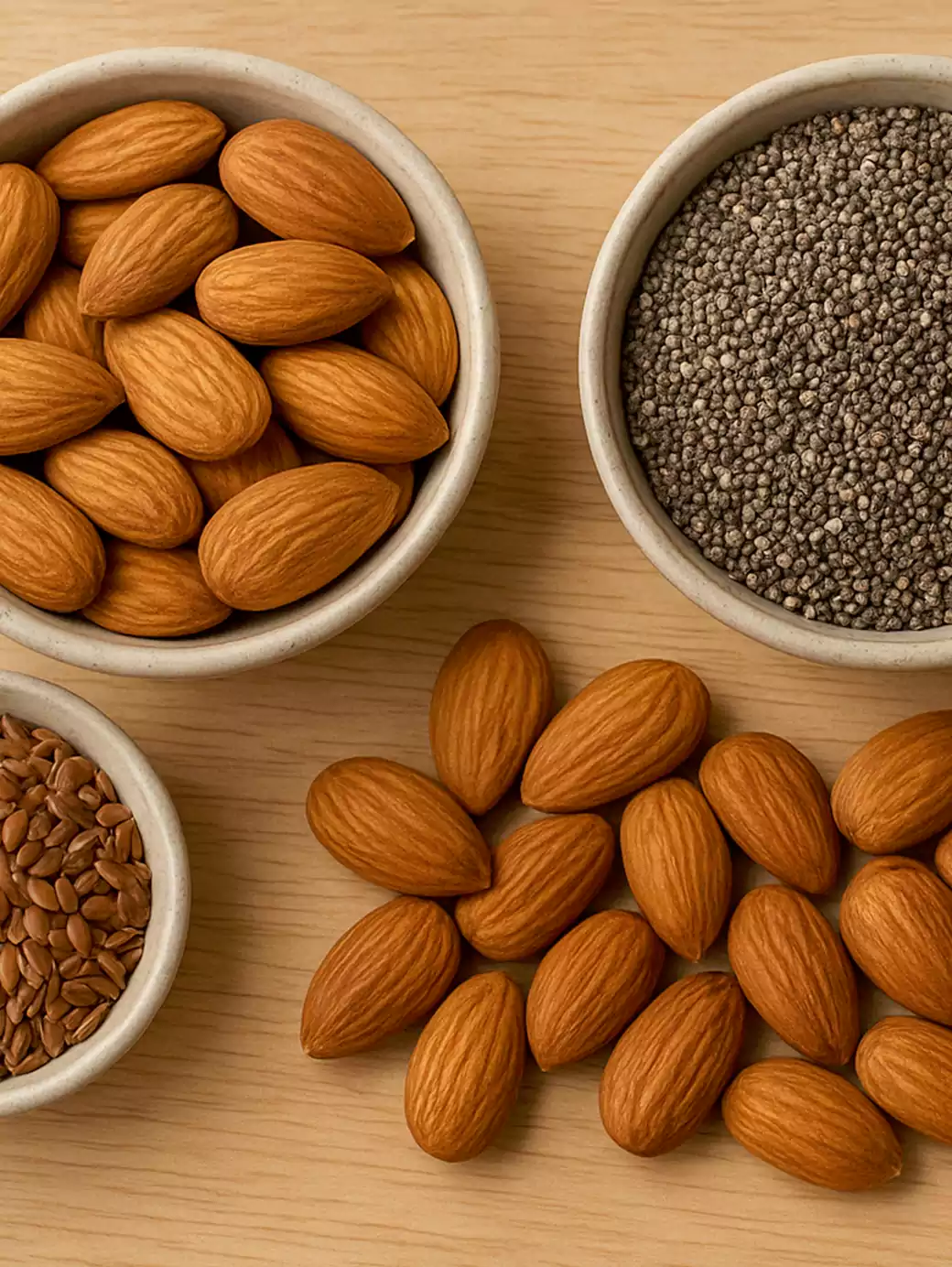
Why it helps: Provide fiber, healthy fats and polyphenols; chia and flax form gel-like fiber that eases stool transit. Almonds contain prebiotic-like compounds and can benefit the microbiome when consumed in small daily amounts. ScienceDirect+1
Daily serving: 1 oz (a small handful) nuts OR 1 tbsp chia/flax (ground).
How to eat: Sprinkle on oats/yogurt, blend into smoothies, or eat with fruit.
10) Papaya & pineapple (natural digestive enzymes)

Why it helps: Papaya contains papain and pineapple contains bromelain — proteolytic enzymes that help digest proteins and can reduce fullness and aid digestion after heavy meals. Some small clinical and mechanistic studies suggest benefit for bloating and dyspepsia. PubMed+1
Daily serving: ½ cup fresh papaya or pineapple (or a few slices).
How to eat: Fresh fruit after protein-heavy meals, blended into smoothies, or chopped into salsas.
4) How to eat these foods without creating bloat — practical prep & FODMAP notes
- Increase fiber slowly (2–3 weeks): add one new fiber source every few days and drink more water. The Nutrition Source
- Soak & rinse legumes: soaking and discarding the soak water before cooking reduces raffinose oligosaccharides that cause gas. Canned beans should be rinsed. Enzyme supplements (α-galactosidase) can help some people. PubMed+1
- Try fermented versions: fermented veggies often feel lighter than raw crucifers for sensitive people. isappscience.org
- FODMAP awareness: if you have IBS, work with a clinician and consider Monash University’s FODMAP serving guidance — many high-FODMAP foods (garlic, onion, big bean serves) can be modified or limited while still getting fiber and nutrients. monashfodmap.com+1
- Spacing & chewing: eat slowly, chew well, and avoid straws or gum (swallowed air increases bloating).
The trick isn’t avoidance — it’s smart prep. A few minutes soaking or changing how you cook beans can keep their benefits while cutting the bloat.
5) Sample single gut-friendly day (easy to repeat)
- Breakfast: Overnight oats (½ cup oats) made with ¾ cup kefir, ½ cup berries, 1 tbsp ground flax.
- Snack: 1 small apple (if tolerated) or ½ cup papaya + handful almonds.
- Lunch: Big salad with mixed greens, ¼ cup cooled potato, ¼ cup chickpeas (rinsed), grated carrot, olive oil & lemon, and 1 tbsp roasted garlic oil (flavor without fructans).
- Snack: Green tea + a banana (if resistant-starch desired, choose slightly green).
- Dinner: Stir-fry with ginger, garlic-infused oil, sautéed spinach, tofu or fish, and a side of cooled rice (RS) or steamed veg. Finish with a small bowl of plain kefir if desired.
6) FAQs (short, evidence-based)
Q: Will fermented foods cure my gut issues?
A: Fermented foods can help microbial diversity and symptoms for many people, but results vary by individual and strain. They’re a useful tool — not a guaranteed cure. isappscience.org+1
Q: How quickly will I notice benefits?
A: Some people notice better regularity and less bloating in 1–2 weeks; microbiome changes accumulate over months. Be patient and consistent.
Q: Are supplements better than food?
A: Whole foods provide fiber, micronutrients and food matrix benefits that supplements don’t. Use supplements when clinically indicated or as directed by a clinician. PMC
Q: I get worse bloating when I eat beans — now what?
A: Rinse/cook/soak, start with small portions, try canned low-FODMAP serves, and consider α-galactosidase if needed. Monitor and adjust with a dietitian if IBS is an issue. PubMed+1
8) Final notes & realistic expectations
Daily, small changes beat dramatic short cleanses. Add 2–3 of these foods today (e.g., kefir at breakfast, a handful of berries, and a small legume serving at lunch), increase slowly, stay hydrated, and track symptoms in a simple journal. If severe or new gut symptoms appear (blood, weight loss, severe pain), see a clinician.
Key references (selected)
Harvard T.H. Chan — Fiber & Nutrition Source. The Nutrition Source
ISAPP / Marco — Health benefits of fermented foods review. isappscience.org
Carlson JL et al. — Prebiotic dietary fiber review. PMC
Chen Z. — Resistant starch and the gut microbiome (2024 review). PMC
Jaeger JW et al. — Oat beta-glucan and the gut (2024). PMC
Monash University — FODMAP guidance for legumes & high/low FODMAP foods. monashfodmap.com+1
Ginger systematic review / motility studies. PMC+1
Papaya & bromelain evidence (Caricol, bromelain reviews). PubMed+1
Soaking beans / reducing oligosaccharides research. PubMed+1

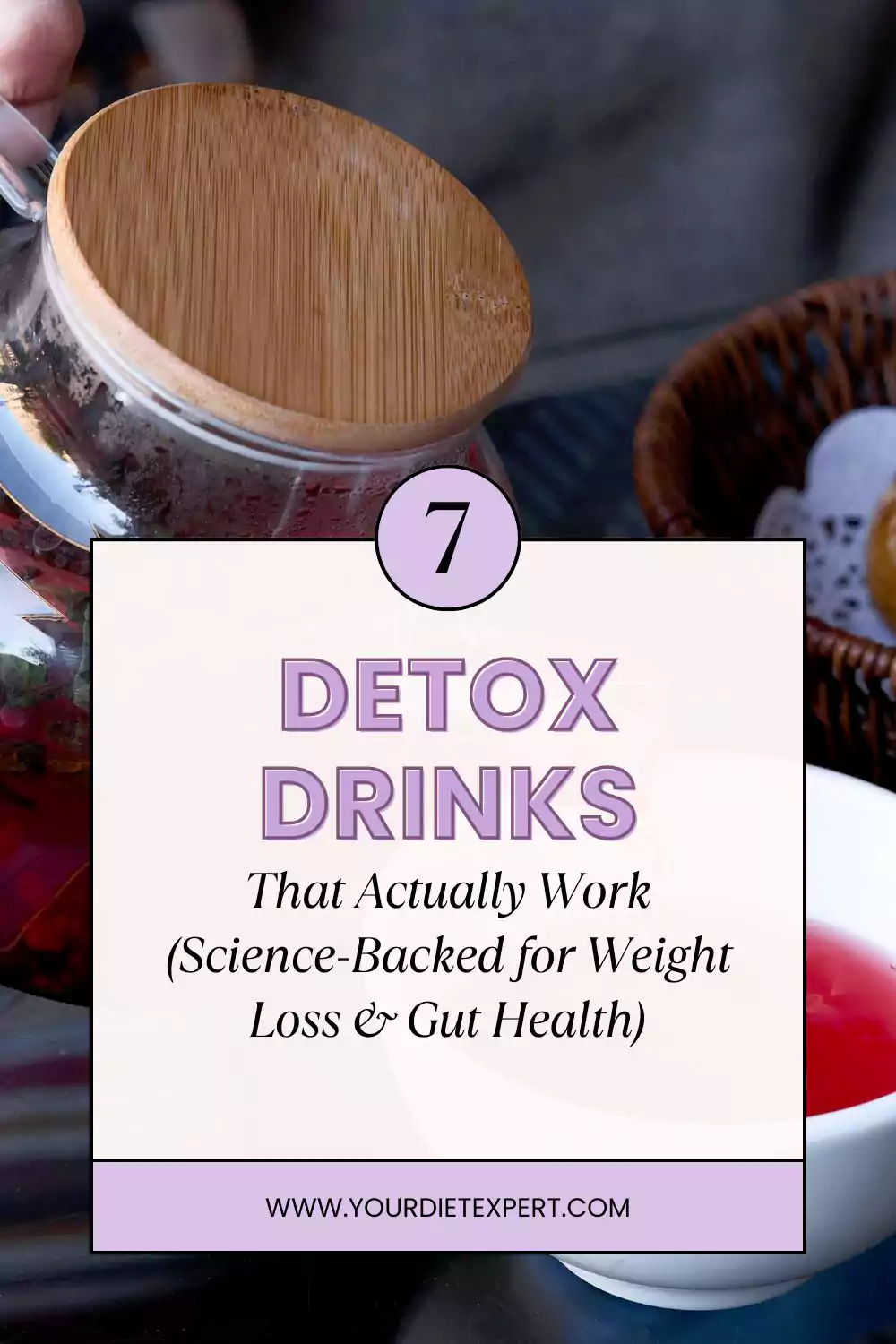


Leave a Reply